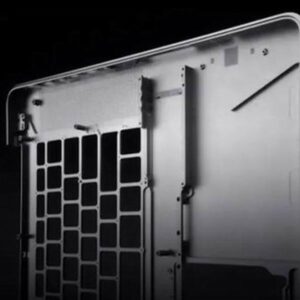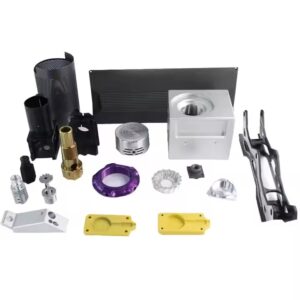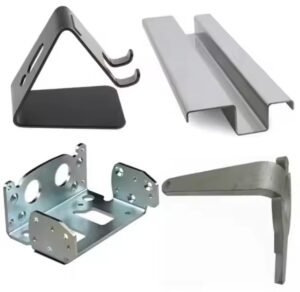Introduction
Industrial designers will face a variety of materials: plastic, metal, ceramics, glass, wood, etc. Understanding the processing techniques of these materials is an essential skill for designers. Today’s article introduces the metal processing methods and corresponding practical cases, compiling the most commonly used “Top 10 Metal Forming Processes” in industrial design, hoping to help designers have a comprehensive understanding of metal forming processes. Metal forming can be divided into cold processing and hot processing, and various products can be designed based on whether molds are used or not. In addition to the 10 methods introduced in this article, there are actually many other metal processing methods, such as: manual sheet metal processing, metal 3D printing, and metal centrifugal casting similar to rotational molding. Follow us for continuous sharing.
01 Metal Stamping
Introduction: Metal stamping refers to the use of a press and molds to apply external force to metal materials, causing them to deform or separate, thereby obtaining the desired shape and size.
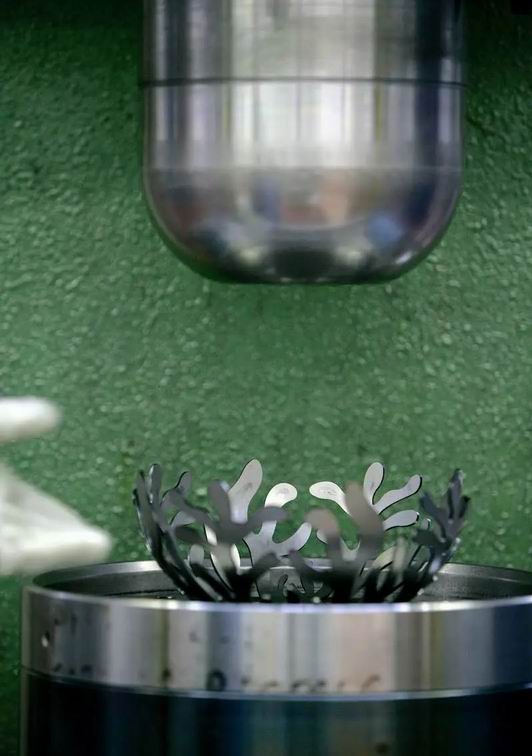
Applications: Everyday items, appliances, automobiles, etc.


02 Metal Deep Drawing
Introduction: Metal deep drawing is similar to metal stamping. When the stretching depth is greater than the diameter, it is called deep drawing. Because the deformation of metal is limited, for the production of products with large depth, secondary and reverse stretching is required.

Applications: Packaging, furniture, kitchenware, etc.

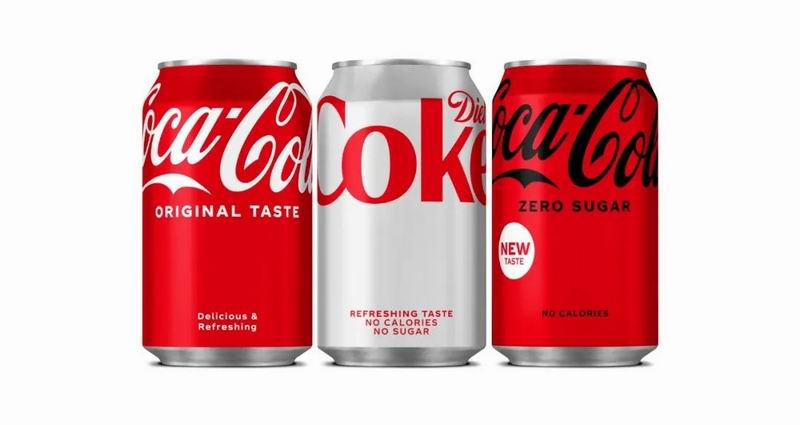
03 Metal Spinning
Introduction: Metal spinning utilizes the feeding motion of tools such as spinning wheels, pressing the metal blank (metal sheet or tube) together with the random bed spindle to rotate, producing continuous local plastic deformation and forming the desired hollow rotating body parts. It is often used to process items with axisymmetric rotating bodies.

Applications: Lighting fixtures, kitchenware, military industry, etc.
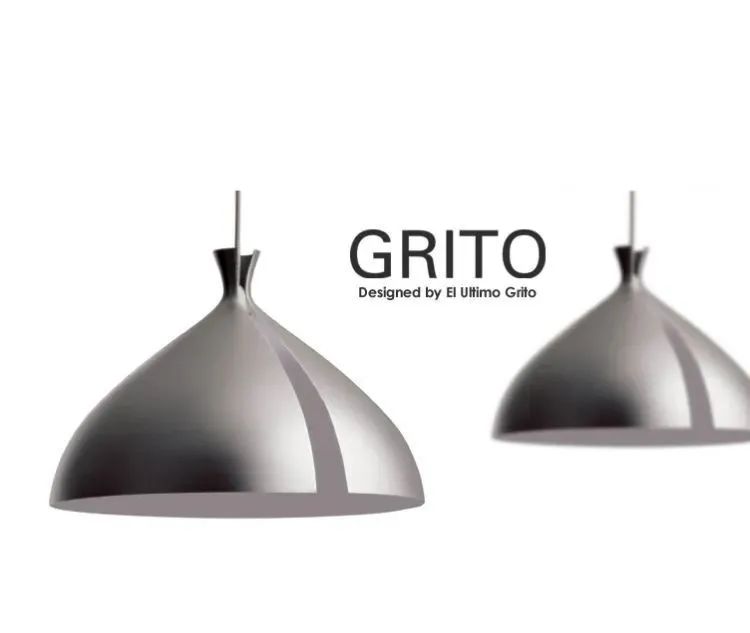
04 Metal Die Casting
Introduction: Metal die casting is divided into low-pressure die casting and high-pressure die casting. Similar to plastic injection molding, heated liquid metal is poured into a die-casting machine and molded by the die-casting machine.

Applications: Furniture, automobiles, kitchenware, etc.
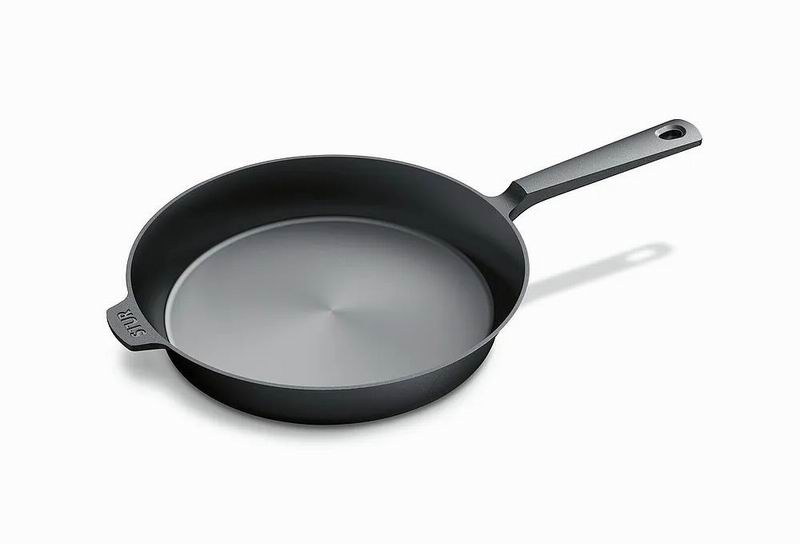

05 Metal Sand Casting
Introduction: Metal sand casting has a long history. Molten metal is poured into a sand mold, and after cooling, the hardened metal is taken out by breaking the sand mold.
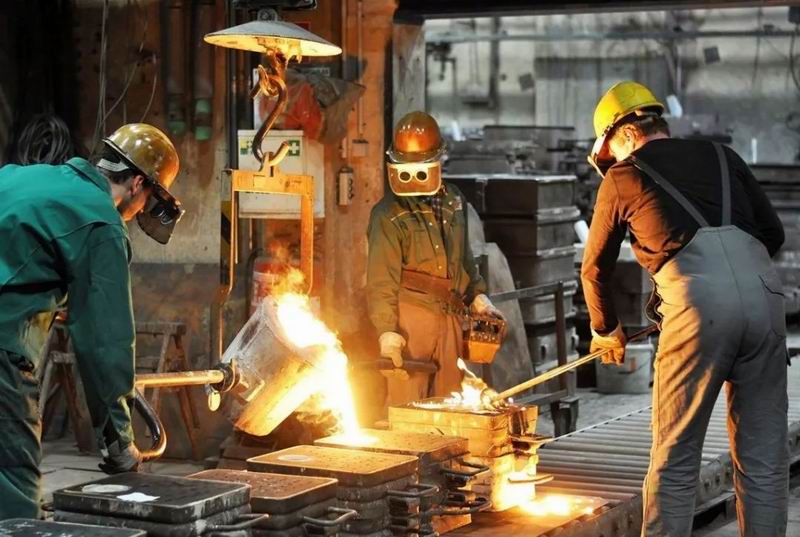
Applications: Construction, furniture, kitchenware, etc.


06 Metal Superplasticity
Introduction: Metal superplastic forming is similar to the vacuum forming of plastics. It involves heating a metal sheet to its plasticization point and then using air pressure to make it adhere to a single-sided mold.

Applications: Home appliances, aerospace, trains, etc.
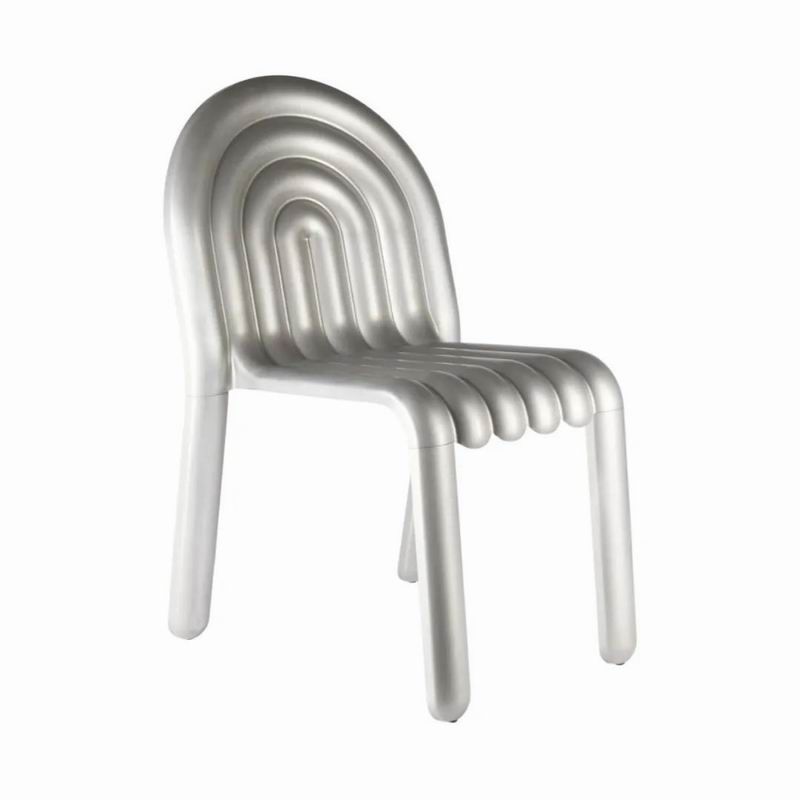
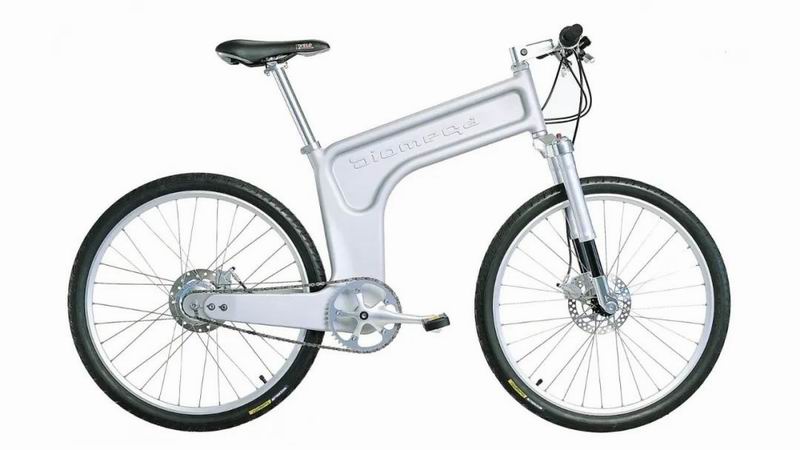
07 Metal Tube Bending
Introduction: Metal tube bending is widely used in the furniture, automotive, and construction industries to form continuous and smooth metal structures. It is divided into core axis bending technology and ring rolling technology.

Applications: Furniture, automobiles, construction, etc.


08 Metal Forging
Introduction: Metal forging traditionally involves a blacksmith hammering or pressing heated metal materials on an anvil. Modern forging is done with precision molds and extreme pressure hammering, molding, or rolling hot metal.

Applications: Hand tools, aerospace, etc.
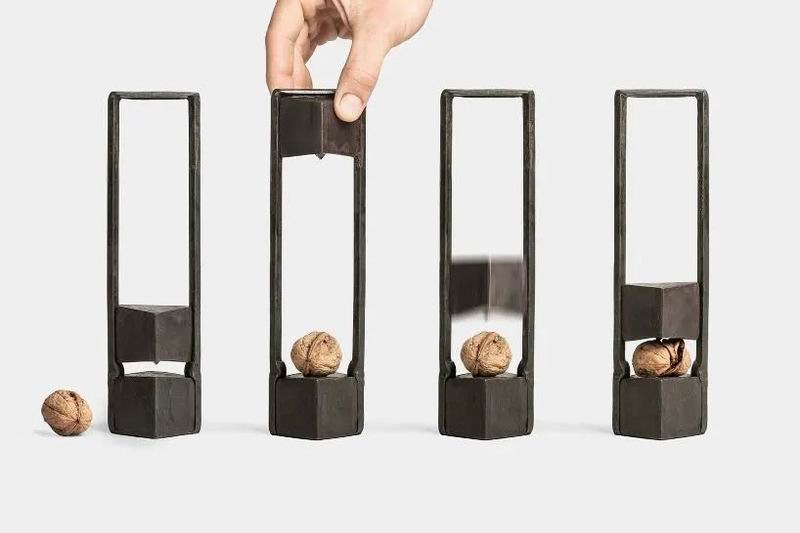
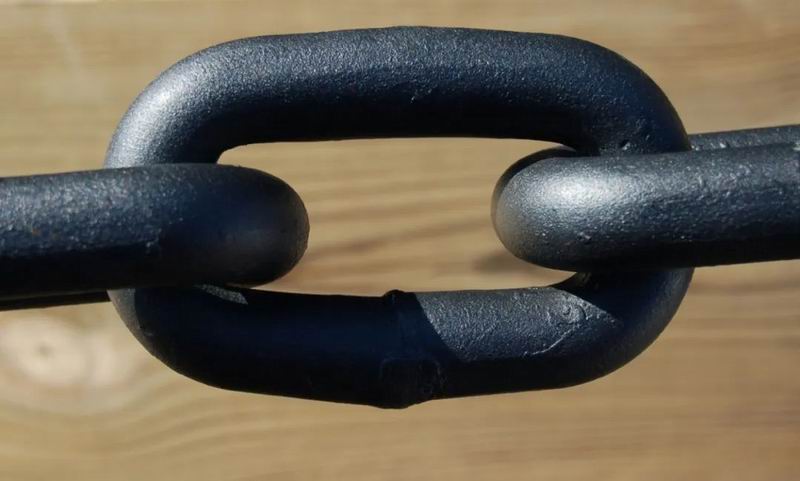
09 Metal Bending
Introduction: Metal bending forming is achieved by applying pressure to metal sheets on a bending machine to achieve the bending and forming of metal.

Applications: Home appliances, furniture, equipment, etc.
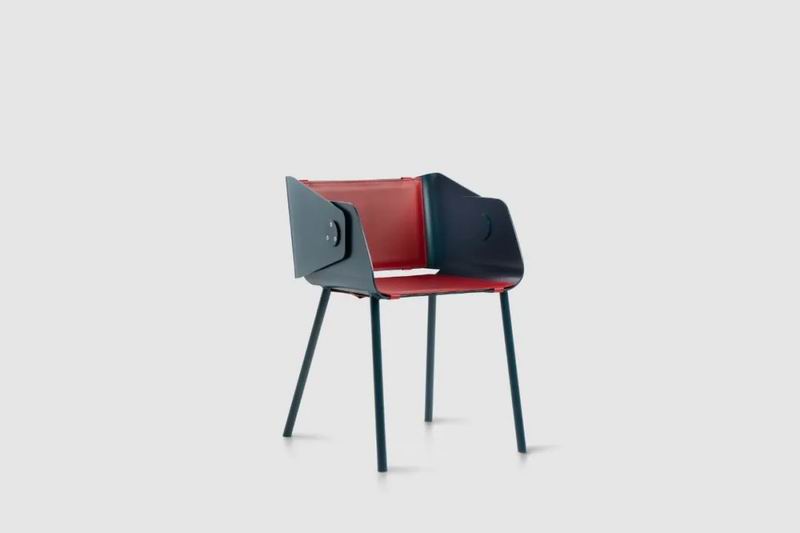
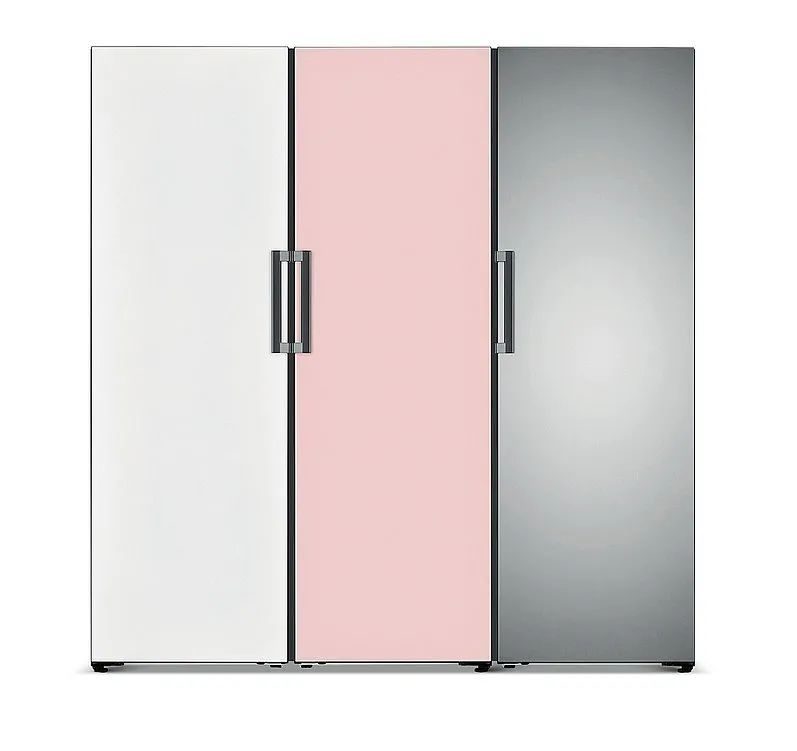
10 Metal CNC Engraving
Introduction: CNC stands for Computer Numerical Control, and CNC engraving, also known as numerical control engraving, refers to the precise engraving of two-dimensional and three-dimensional metal parts using a CNC engraving machine.
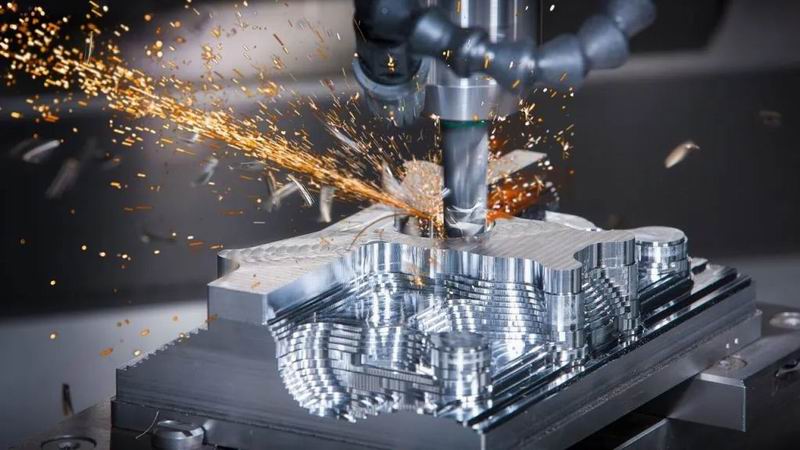
Applications: Electronic products, instruments, mold manufacturing, etc.
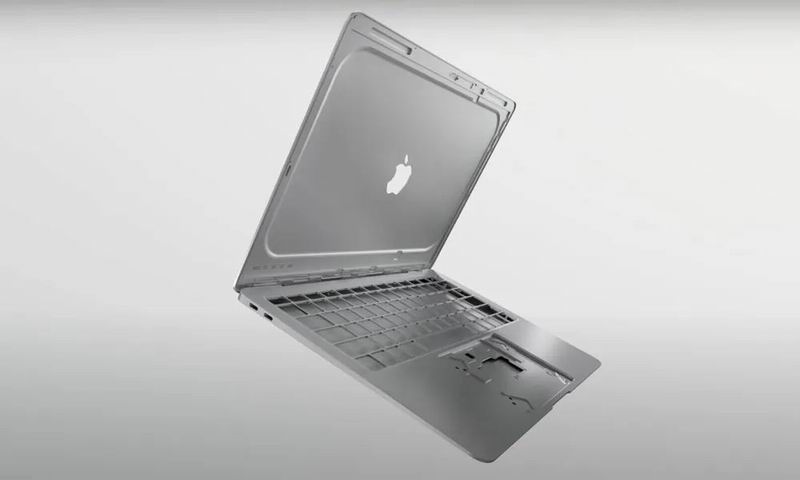

That concludes today’s sharing. Stay tuned for more sharing by following us!

